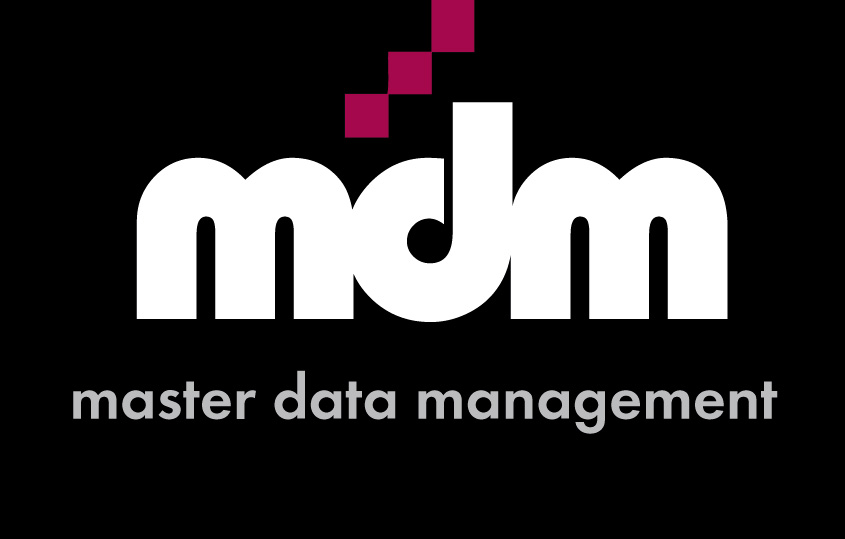As businesses grow, the prospect of mergers, acquisitions or divestitures (M&A) looms large, like the towering skyscraper from Monty Python’s classic sketch, The Crimson Permanent Assurance. M&A can be a great way to achieve an increase in market share, profits, and overall growth, but the process of merging two different entities can be as treacherous as a pirate attack on a skyscraper.

In this article, we’ll explore the critical role that data governance plays in M&A, and why it’s important to approach data integration with caution and a level head. After all, we don’t want a repeat of The Crimson Permanent Assurance, where chaos reigns supreme and the only thing left standing is a single survivor on a dinghy. So, let’s dive in and discover why data integration should never be the reason for a corporate bloodbath.
1. Introduction
Mergers, acquisitions and divestitures have become an integral part of business growth strategies. Companies merge to gain a competitive edge in the market, increase their market share, and enhance their financial performance. However, these deals involve more than just financial considerations. One of the most crucial aspects of a successful merger or acquisition is data because it is a fundamental asset for any modern business. In the process of merging two different companies, it’s important to ensure that data is integrated seamlessly and that any potential data conflicts are resolved to avoid issues down the line.
In this article, we will discuss the importance of data governance in M&A, the challenges companies face, and what happens when companies divorce.
2. Understanding Data Governance
Data governance refers to the processes, policies, and guidelines that organizations implement to manage their data assets effectively. It involves managing data from various sources, including internal data, third-party data, and data from mergers and acquisitions. Data governance ensures that data is accurate, complete, and accessible, and used effectively to achieve the organization’s objectives by involving the right people at every step of the data management process.
3. Importance of Data Governance in Mergers and Acquisitions
Data governance plays a critical role in M&A. It ensures that data is integrated seamlessly and efficiently, and the new organization operates smoothly without any data-related issues. Without proper data governance, M&A can lead to problems like data redundancy, data inconsistency, and data quality issues. These issues can have a negative impact on the organization’s operations, customer satisfaction, and financial performance.
4. Data Integration in Mergers and Acquisitions
Data integration is a critical aspect of data governance in M&A. It involves combining data from two different entities into a single system. This process can be challenging, especially when the data comes from different sources, uses different data structures, or is stored in different locations. Data integration requires a comprehensive understanding of the data, the business processes that use the data, and the IT infrastructure that supports the data.
5. Data Mapping and Analysis
Data mapping and analysis are essential components of data integration. Data mapping involves identifying the data elements from the two different entities that need to be merged. It also involves mapping the data elements to the new data structure to ensure that the new system is consistent and accurate. Data analysis involves identifying the quality of the data, identifying any data inconsistencies, and determining the best way to integrate the data.
6. Ensuring Data Privacy and Security
Data privacy and security are critical components of data governance in M&A. Companies must ensure that sensitive data is protected during the merger or acquisition process. This involves identifying the types of data that require protection, implementing appropriate security measures, and ensuring compliance with applicable laws and regulations.
7. Data Governance Best Practices
Implementing best practices in data governance can help organizations navigate the complexities of M&A. Some of the best practices include:
- Establishing clear roles and responsibilities for data management
- Creating a comprehensive data inventory
- Implementing robust data quality controls
- Developing data integration plans and strategies
- Conducting thorough due diligence before the M&A deal is finalized
- Ensuring compliance with applicable laws and regulations
- Providing training and support for employees to ensure that they understand the importance of data governance and how to implement it effectively.
For Fortune 500 manufacturing giant, Ashland Inc, data governance became the mechanism to give data voice for Ashland’s business, allowing them to move away from tribal knowledge and helping them to remain innovative and agile in their quest for digital transformation.
8. The Role of IT in Data Governance
Information technology (IT) plays a critical role in data governance in M&A. IT professionals are responsible for ensuring that data is managed effectively and efficiently throughout the merger or acquisition process. This involves:
- Identifying the technical requirements for data integration
- Developing IT strategies and plans that align with the organization’s data governance framework
- Ensuring that data is secure and protected during the merger or acquisition process
- Developing and implementing data management tools and systems
- Providing training and support for employees to ensure that they can use the new systems effectively.
9. The Importance of Communication
Effective communication is essential for successful data governance in M&A. Communication should be clear, concise, and consistent, and should involve all stakeholders, including employees, customers, and vendors. Communication should cover:
- The goals and objectives of the M&A deal
- The data integration plan and strategy
- The data governance framework
- The role of each stakeholder in data management
- The impact of the M&A deal on data privacy and security.
10. Challenges of Data Governance in M&A
Data governance in M&A is not without its challenges. Some of the challenges include:
- Different data structures and formats
- Data quality issues
- Data inconsistencies
- Data privacy and security concerns
- Resistance to change from employees and stakeholders
- Cultural differences between the two organizations.
11. What Happens When Companies Divorce?
Sometimes, M&A deals do not work out, and companies may decide to divorce. Or companies may decide to sell a non-core or underperforming subsidiary. In such cases, data governance is, if anything, more critical.
The divesture process involves:
- Identifying the data assets that need to be separated
- Ensuring that the separated data is accurate and complete
- Ensuring the destruction of data if required
- Implementing data privacy and security measures to protect the data
- Developing a plan for the future management of the separated data.
12. Conclusion
Data governance is a critical aspect of M&A.
It ensures that data is integrated seamlessly and efficiently and that the new organization operates smoothly without any data-related issues. Effective data governance requires a comprehensive understanding of the data, the business processes that use the data, and the IT infrastructure that supports the data. Implementing best practices in data governance can help organizations navigate the complexities of M&A and ensure a successful outcome.
14. FAQs
What is data governance?
Data governance refers to the processes, policies, and guidelines that organizations implement to manage their data assets effectively.
Why is data governance important in M&A?
Data governance is important in M&A to ensure that data is integrated seamlessly and efficiently and that the new organization operates smoothly without any data-related issues.
What are the best practices in data governance for M&A?
Some of the best practices in data governance for M&A include establishing clear roles and responsibilities for data management, creating a comprehensive data inventory, implementing robust data quality controls, and providing training and support for employees.
What are the challenges of data governance in M&A?
Challenges of data governance in M&A include different data structures and formats, duplicated data, data quality issues, data inconsistencies, data privacy and security concerns, resistance to change, and cultural differences between the two organizations.
What is the role of IT in data governance for M&A?
IT plays a critical role in data governance for M&A, including identifying technical requirements for data integration, developing IT strategies that align with the organization’s data governance framework, ensuring data security, and developing and implementing data management tools and systems.
How can communication help with data governance in M&A?
Effective communication can help ensure successful data governance in M&A by providing clear and consistent information about the goals and objectives of the deal, data integration plans and strategies, the data governance framework, the role of each stakeholder in data management, and the impact of the M&A deal on data privacy and security.
What happens when companies divorce?
During a divesture, data governance becomes critical once again, and the process involves identifying the data assets that need to be separated, ensuring that the separated data is accurate and complete, implementing data privacy and security measures to protect or destroy the data, and developing a plan for the future management of the separated data.
How can best practices in data governance help navigate the complexities of M&A?
Implementing best practices in data governance, such as creating a comprehensive data inventory, implementing robust data quality controls, and providing training and support for employees, can help organizations navigate the complexities of M&A and ensure a successful outcome.
What are some of the key data privacy and security concerns in M&A?
Data privacy and security concerns in M&A include protecting sensitive data during the merger or acquisition process, ensuring that data is not lost or compromised during the transition, destroying data that should no longer be stored, and complying with applicable data privacy and security regulations.
How can cultural differences between two organizations impact data governance in M&A?
Cultural differences between two organizations can impact data governance in M&A by affecting how data is managed and interpreted, as well as how employees view and use data. Addressing these differences requires effective communication and a willingness to adapt to new cultural norms and practices.

Leave a comment